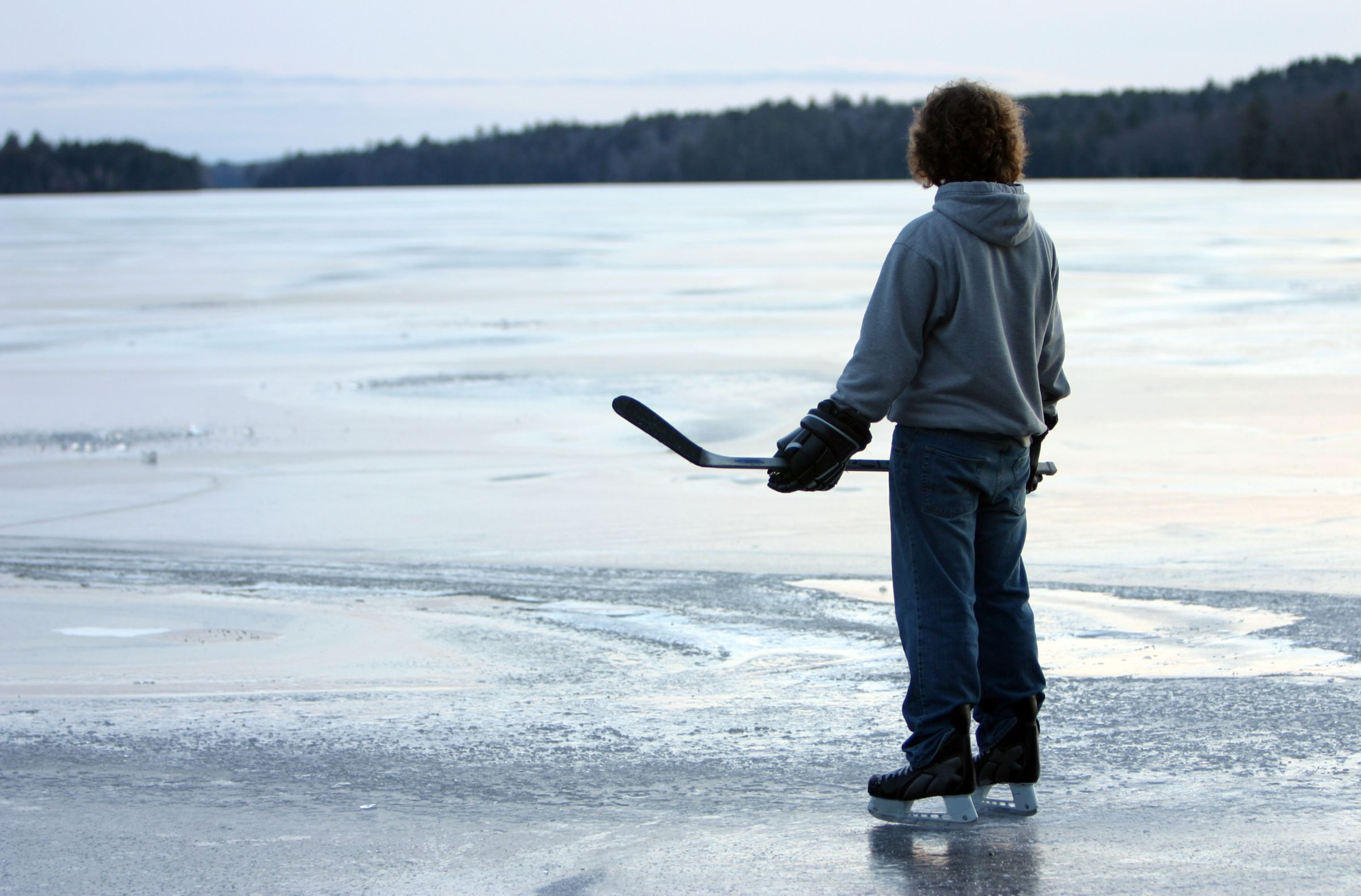A Guide to Staying Safe in Winter’s Cold Conditions

When winter weather blankets our surroundings in a glistening layer of snow and ice, the result can be breathtaking. But with that beauty, comes many potential dangers for children and young adults – especially on and around icy bodies of water. A 2020 study of ten countries in the northern hemisphere found that nearly 50% of winter drowning victims were children younger than 9 who were playing on ice. The vast majority of the remaining victims were under the age of 24.
From precarious surfaces to cold shock, here’s a comprehensive guide to ensuring your child’s safety during winter weather.
Cold Weather Safety Gear
The best way to safeguard your little ones as the temperature drops is to bundle them up every time they go outside. Start with a moisture-wicking layer, add insulating layers, and finish with a waterproof outer layer to protect them from the elements.
As an extra layer of protection, wear reflective gear and a U.S. Coast Guard approved life jacket every time you’re on frozen bodies of water, in case of a fall.
Dangers of Frozen Lakes and Ponds
Water freezes slower than the ground. This means that even after a few days of cold weather, a pond or lake might not be frozen enough to walk on. A family should never go onto an icy body of water unless there is at least four inches of clear ice formed.
Ice Thickness — Be Aware
You can check the thickness of ice with different tools, as outlined in this ice measuring guide from the Minnesota Department of Resources.
Check the Ice’s Opacity
White ice is more likely to crack because there is air and snow frozen in it.
Be wary of ice that is covered in snow—it could be hiding cracks or openings in the ice.
What is Shelf Ice?
Ice shelves, also known as ice ledges or shelf ice, form along the edges of bodies of water and are defined by the cavity of melting ice or water beneath them. Because they appear solid on top, they can be deceptively dangerous. Changes in temperature can affect stability, thickness, and strength of all ice, especially shelf ice. For this reason, families should avoid walking or playing near the edges of lakes or ponds.
Dangers of Cold Shock
If a loved one falls through the ice they will likely experience cold shock. The first symptom of cold shock is a scary feeling of breathlessness. The body will involuntarily begin to gasp. If the victim is submerged at this point, the reflex to gasp can lead to immediate drowning. If above the surface, the hyperventilating body will have reduced strength and difficulty swimming to safety.
Other biological responses to being submerged in freezing water can include:
- Disorientation
- Panic
- Reduced mental capacity or inability to think clearly
- Dizziness
- Faintness
- Numbing
- Loss of sensation, muscle strength, and mobility of limbs
- Restricted blood vessels and increased heart rate and blood pressure, which can cause cardiac arrest
- Loss of consciousness
If you witness a child fall through ice, follow these steps:
- Call for Help: Dial emergency services immediately.
- Do NOT Go In: Resist the urge to enter the water.
- Reach, or Throw, Don’t Go: Extend a pole, branch, or any item that can reach the child. Or throw a rope, lifebuoy, or anything that floats.
- Slide, Crawl, or Roll: If the child is within reach, use a slide or crawl technique to distribute your weight on the ice.
- Keep Reassuring Them: Encourage the child to stay calm and keep breathing.
Educate and Supervise Children on Ice
Parents and guardians play a crucial role in teaching their children about winter-time water safety. Teach children about the dangers of thin ice and the importance of staying away from the edges of frozen bodies of water. Always supervise children when they are near bodies of water, whether frozen or not. Keep a watchful eye to ensure their safety.
Winter brings its own set of challenges when it comes to water safety. Remember, the key is to stay informed, be cautious, and prioritize safety at all times.
